Flying High for Famers’ Future: Revolutionizing Agriculture with Drone Technology
Feed the Future and USAID help increase the quality of livestock in an unexpected way
“Welcome to Rwanda, land of a thousand hills” is a popular way to welcome visitors to this small country in the very heart of Africa. The hilly countryside is clean and beautiful, but its steep hills present quite a challenge for easy and fast movement of people and goods.
Remote villages nestled in Muhanga, Rulindo, Bugesera and Rwamagana are hard to reach, and their farmers struggle to deliver products to markets, or access quality breeding material for their livestock, particularly their pigs. Quality of livestock has been a serious problem in Rwanda: improving it would generate more income for the communities, but also help the country combat child malnutrition.
To help increase the genetic diversity of pigs, farmers purchase pig seamen and engage a veterinarian trained in artificial insemination. While this sounds promising, it comes with several problems, most of them linked to cost and transportation. In the hilly Rwanda, traditional transportation methods are expensive for farmers, and too slow to keep material like pig seamen from spoiling on the way. Farmers would drive as long as seven hours to buy pig seamen and bring it back to their farm oftentimes in an already compromised state. The success rate of artificial insemination was low, and farmers were losing confidence in this approach.
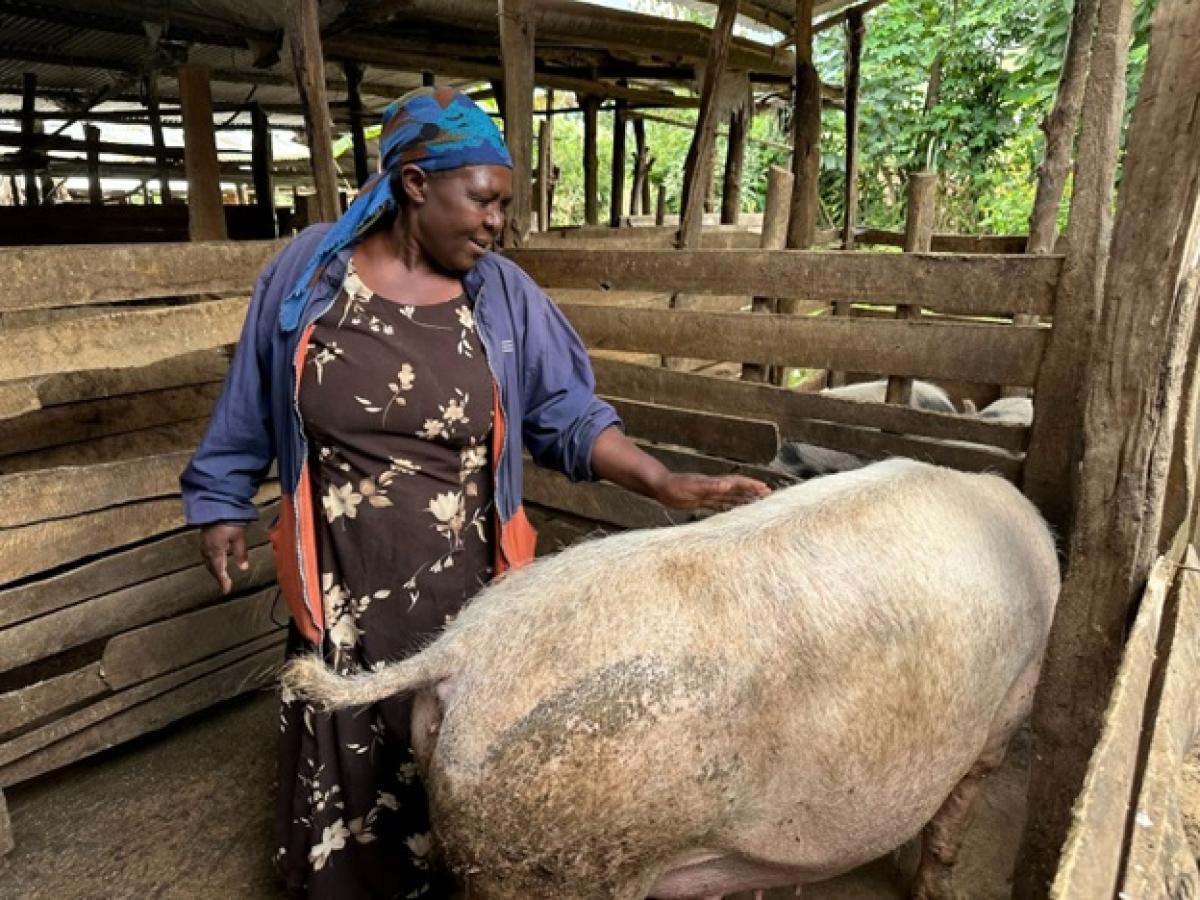
Farmer with her pig in Gakenke District, Rwanda.
Tessa Martin
USAID considered the issue comprehensively, and acted to enhance many parts of this value-chain to make a positive change. Two Feed the Future activities, Hanga Akazi and Orora Wihaze, came together with ideas for leveraging technology and boosting linkages with the private sector. They approached a U.S. company called Zipline that operates drones in Rwanda, with a novel suggestion: using drones to deliver pig semen. Zipline was established in Rwanda with operations set up for delivering blood supplies and medicine to remote areas throughout Rwanda, helping save lives. The company embraced this idea, and adjusted their service for delivering the delicate and temperature-sensitive product. Results followed fast.
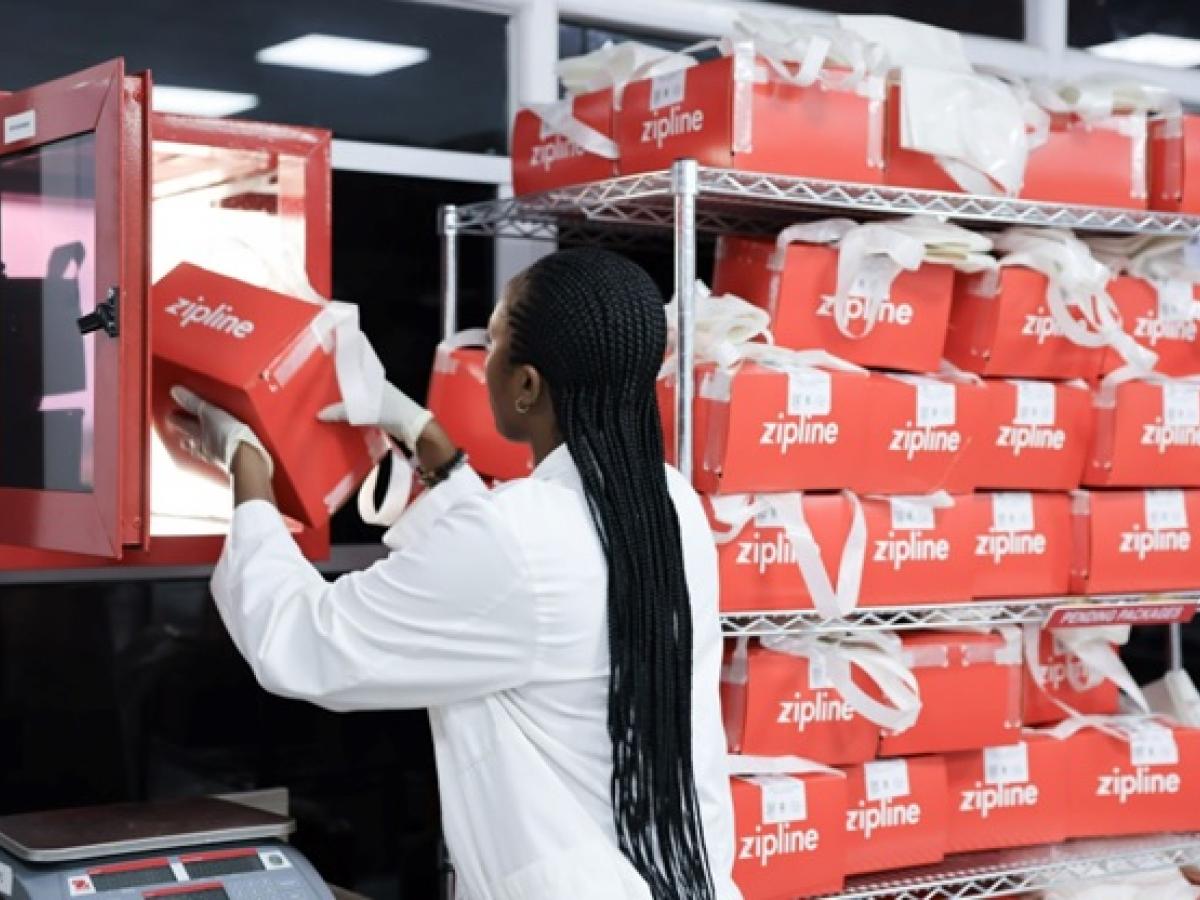
Drone deliveries ready to go. Kayonza, Rwanda.
Ivana Lawrence
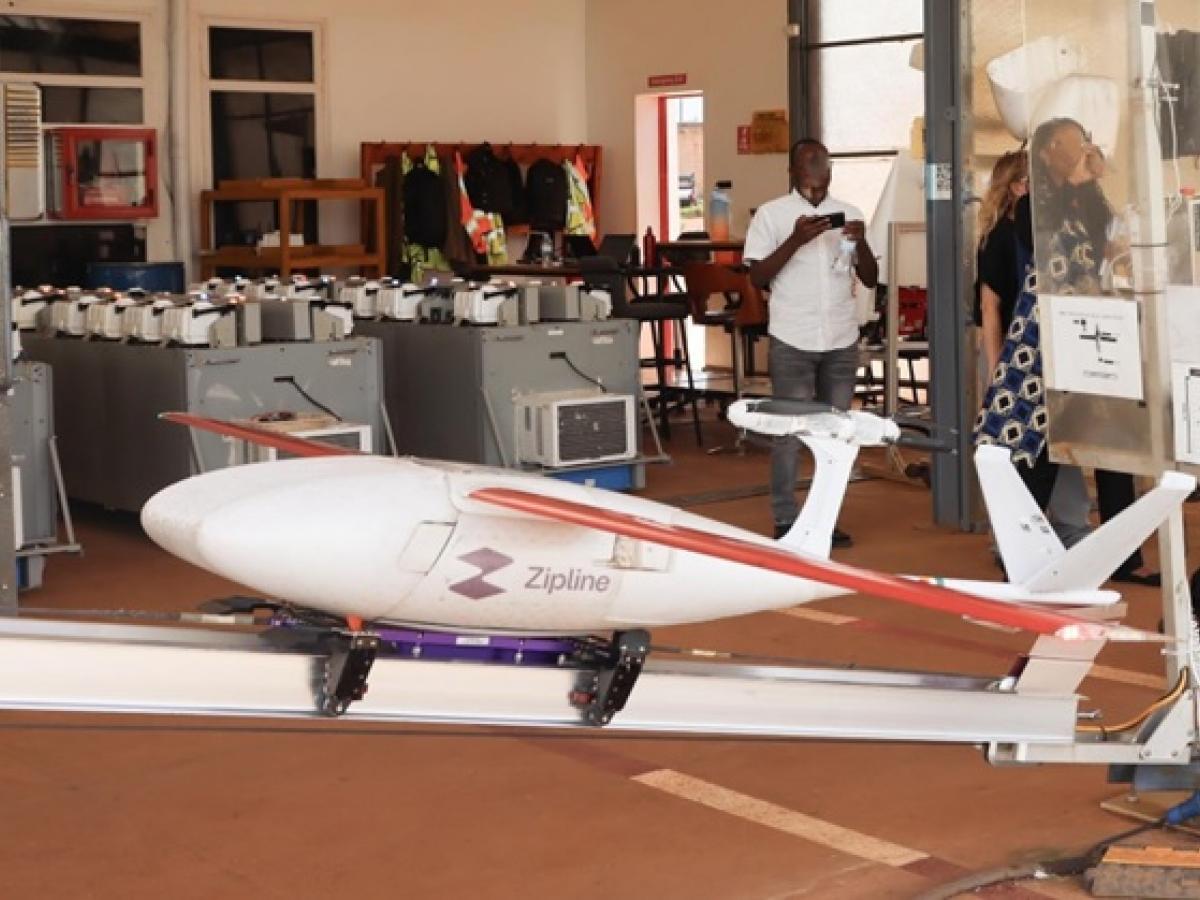
Drone ready to launch from a Zipline, Inc. launching site in Kayonza, Rwanda.
Ivana Lawrence
Hanga Akazi and Orora Wihaze trained veterinarians for artificial insemination of pigs, and linked up farmers with Zipline, agro-distributors and veterinarians closest to them. Hanga Akazi trained 200 field veterinary technicians in artificial insemination techniques and farm advisory, and worked with 60 medium- and large-scale pig farmers from 8 districts of Orora Wihaze intervention zone, training them to become pig multipliers to avail F1 generation gilt pigs as new products.
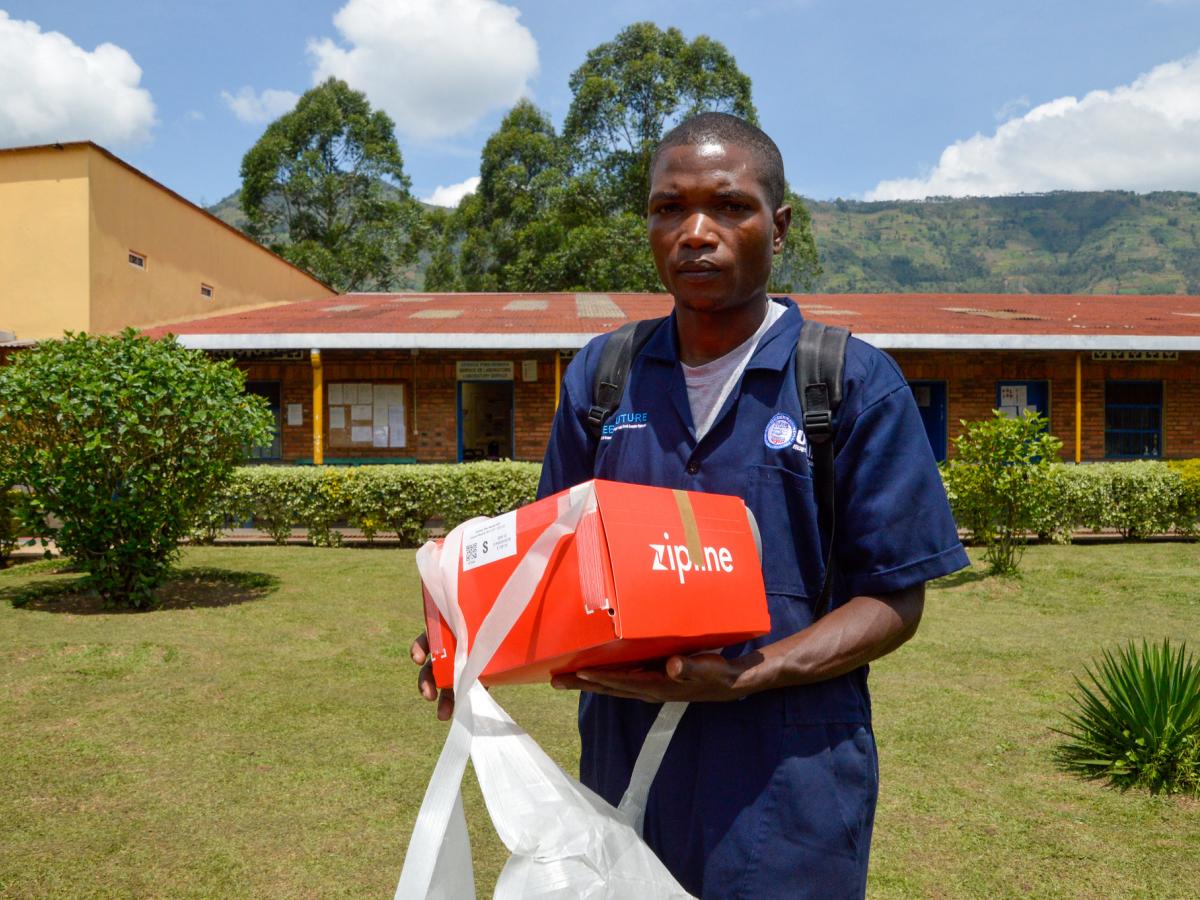
Theogene, a veterinarian trained in artificial insemination, receives a drone delivery of pig seamen in Gakenke, Rwanda.
Orora Wihaze
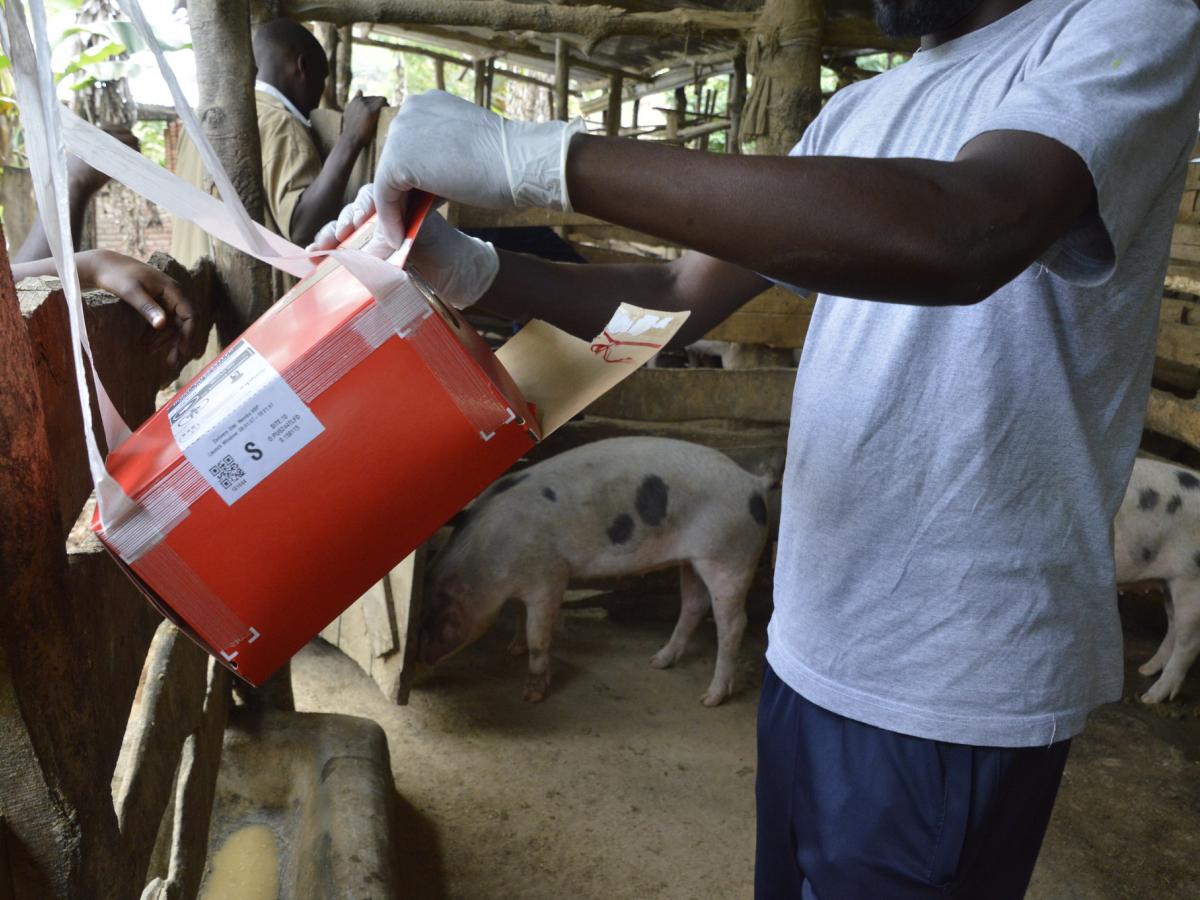
Vet technician Alix opens the package with pig seamen delivered by a drone.
Laetitia Umulisa
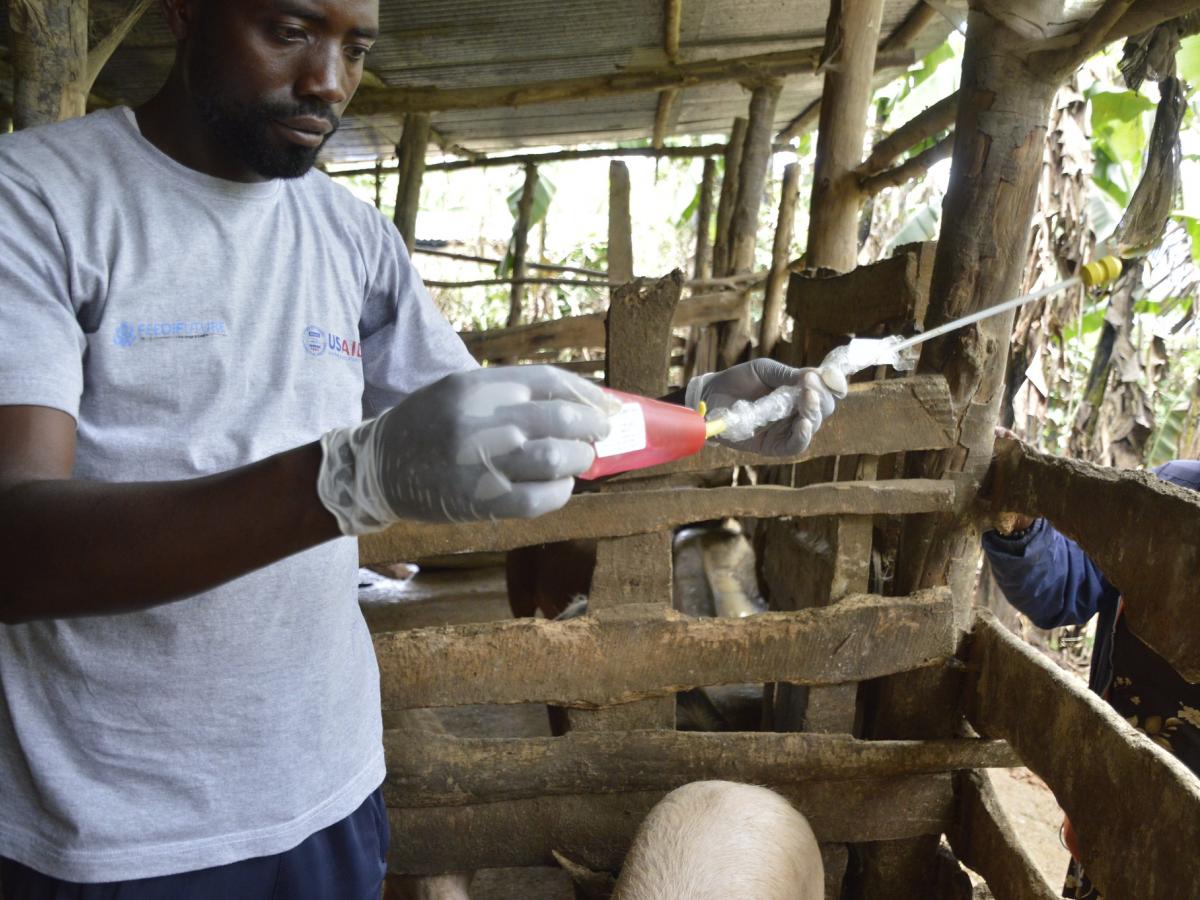
Container of pig seamen delivered by a drone.
Laetitia Umulisa
Thanks to these interventions, farmers in even the most remote communities now use their phones to place orders of pig seamen and ensure a trained veterinarian is on site to receive the material and immediately finish the procedure. Orders are delivered in just 20 minutes, and the conception rate is excellent - just under 85 percent. Sows that were normally giving birth to an average of four piglets are now producing 12 piglets per litter.
Since April 2023, the revenue generated by veterinarians and community animal health workers has multiplied by five. The demand for quality pig semen is also growing, and just in the first six months of 2023, the total number of semen doses used increased by about 30 percent.
Businesses are thriving too, processing and selling meat to communities. The lower price of better quality animal source foods means families can afford it, which helps bring down the rates of of child stunting and malnutrition.
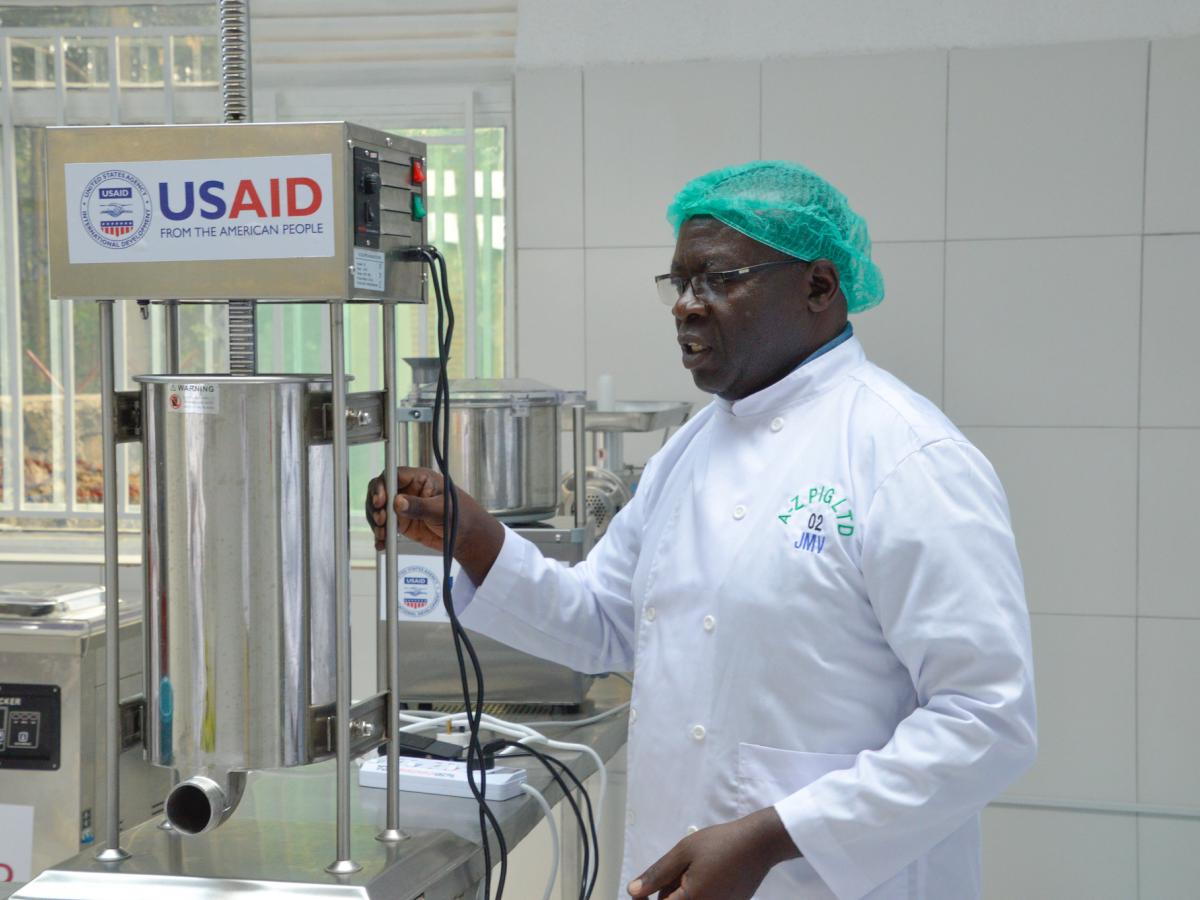
Jean Marie, owner of A-Z Pork, shows the modern equipment he was able to purchase thanks to Feed the Future.
Laetitia Umulisa
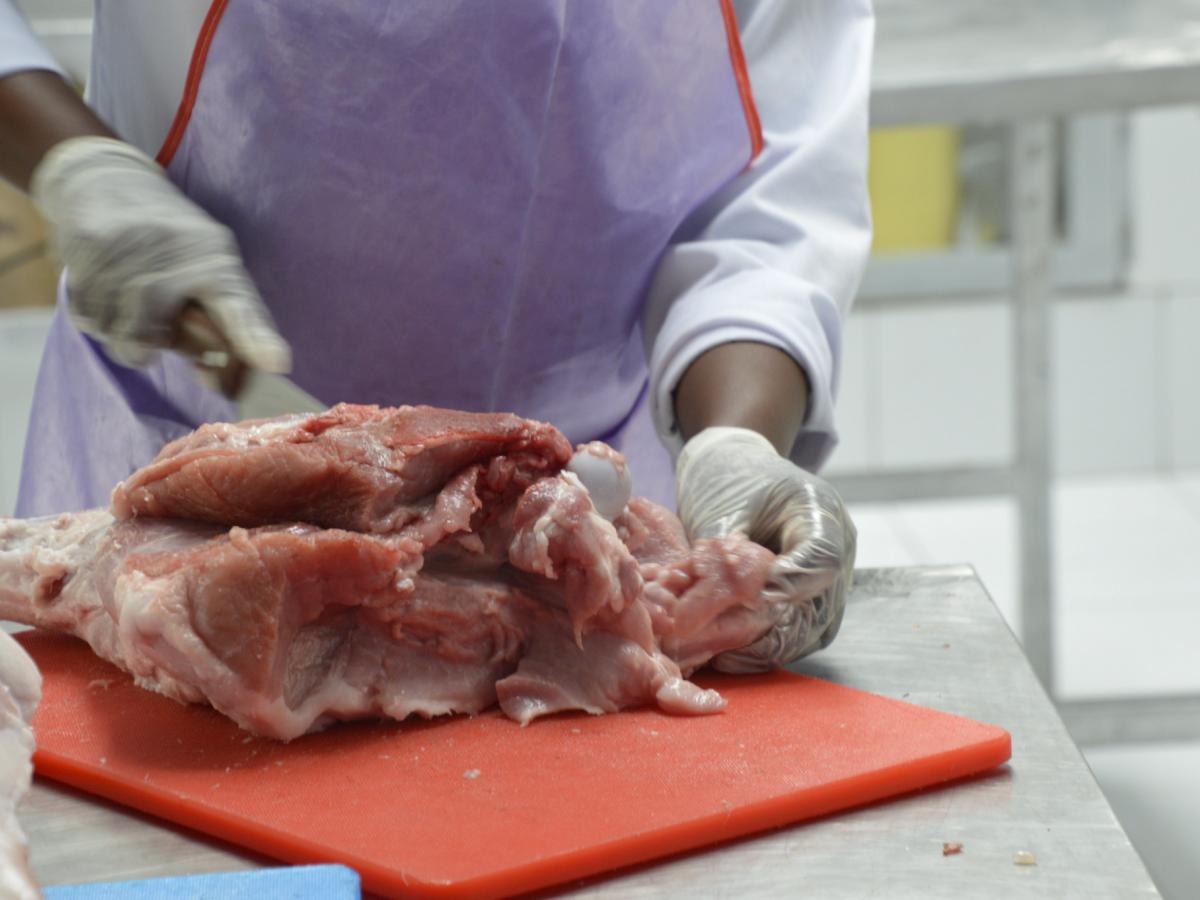
A-Z employee applies safe food processing techniques to prepare the meat.
Leatitia Umulisa

Jean Marie, owner of A-Z Pork, also received a freezer for his butcher shop.
Laetitia Umulisa
Orora Wihaze supports a network of community animal health workers linked to the Rwanda Council of Veterinary Doctors (RCVD) and Imbaraga Farmers Association. They have been important mobilizers in spreading the message about the benefits of improved pig genetics and usage of improved animal feed, aggregating smallholder demand and introducing new logistics players in remote rural areas. Together, they have disrupted the prevailing impression that there are no economic opportunities in rural areas.
Indeed, thanks to all these interventions, farmers, veterinarians, agro dealers and logistics companies are all profiting and growing. Their wages are increasing, casual employees are getting formal contracts, and the number of new jobs tripled in just three months.
The benefits of this innovation are many, and preserving the environment is among them. This approach is as green as can be, because drone delivery is climate-friendly. Zipline estimates that their drone services can reduce emissions by close to 97 percent, and OX Delivers uses electric vehicles to make their deliveries.

OX Delivers uses electric cold trucks to deliver products from producers to markets.
Laetitia Umulisa
The successful integration of drone technology into the agricultural landscape of Rwandan villages highlights the transformative power of innovation, which is one of the key features of Feed the Future, the U.S. Government’s global hunger and food security initiative. This approach not only enhances food security, but also empowers communities by providing them with jobs and opportunities to improve their economic prospects.
Good news travels fast, and good ideas inspire new ventures. Seeing the success of this intervention, Zipline partnered with the Rwanda Agriculture Board and is starting to use their drones to deliver boar semen.
The convergence of technology and agriculture through drone-enabled pig semen delivery showcases the impact that innovative thinking can have on communities. As we explore and test the convergence of technology and agriculture, we embark on a journey toward a more equitable and prosperous future for all.

Better breeds of pigs are grown in Rwanda thanks to Feed the Future and USAID.
Laetitia Umulisa
To learn more, contact Nadine Munezero at nmunezero@usaid.gov or Fina Kayisanabo at fkayisanabo@usaid.gov.
The projects mentioned in this story are funded through Feed the Future, the U.S. Government’s Global Hunger and Food Security Initiative. To learn more about this presidential initiative, please visit www.feedthefuture.gov.
The Feed the Future Rwanda Orora Wihaze is a US $14.4 million activity implemented by Land O’Lakes Venture 37.
The Feed the Future Rwanda Hanga Akazi is a US $17.4 million activity implemented by RTI.

